Girls outshine boys in PECE, JSC exams
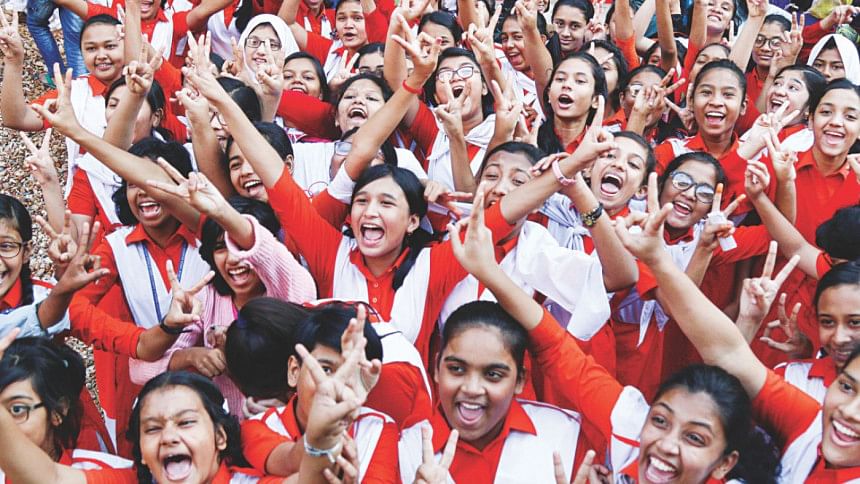
- Girls secure more GPA 5
- Pass rate of girls better
- Overall girl participants more
Girls have outperformed boys in all indicators in the two biggest public examinations this year which saw the success rates in both the tests rise after a significant fall last year.
The indicators -- participation rate, success rate and grades achieved -- showed that girls were well ahead of their counterparts, according to the results of Primary Education Completion Examination (PECE) and Junior School Certificate (JSC) Examinations, which were published yesterday.
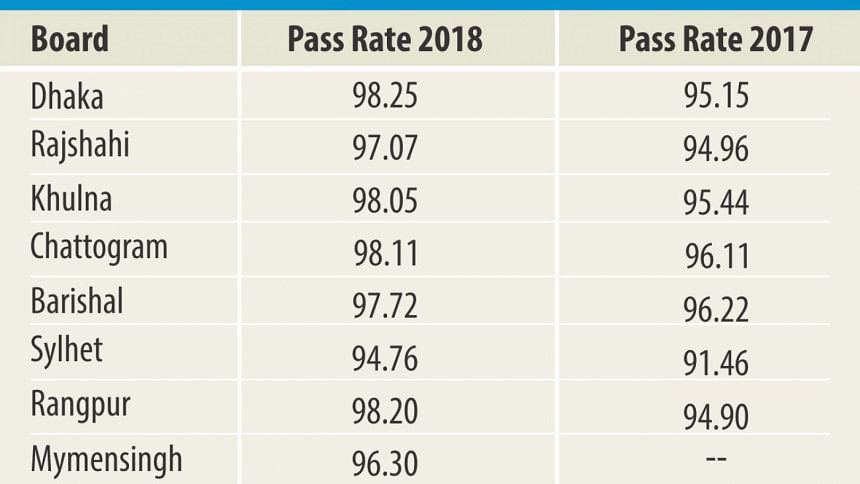
For the last several years, female participation and grades in class-V and class-VIII terminal exams have shown an upward trend. Earlier, girls had lagged behind in one or two indicators like pass rate or GPA-5.
But this year, they outperformed the boys in all counts.
Overall, the pass rate in PECE rose to 97.59 percent, up by 2.41 percentage points from that of last year. Last year, it was 95.18 percent. Around 33% is required to achieve a passing grade.
Similarly, the number of GPA-5 achievers rose significantly to 3,68,193 from last year's 2,62,609. The success rate of Ebtedai (primary level of madrasa) examinations, held along with the PECE, was 97.69 percent.
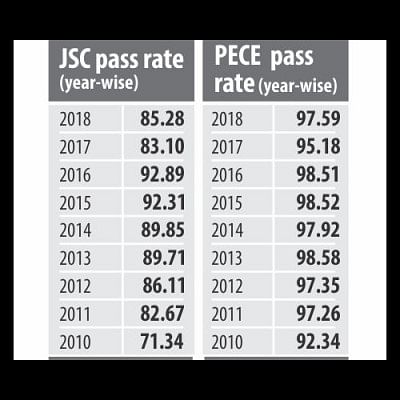
In the JSC examination, the pass rate also increased to 85.28 percent, 2.18 percentage points higher than last year.
However, there was a fall in the number of GPA-5 achievers this year, which dropped to 66,108 from last year's 1,84,397.
Education Minister Nurul Islam Nahid attributed the fall to the exclusion of a fourth subject in the main results.
Previously, the results were calculated including the marks received in the students' fourth subject. But this year, the fourth subject was brought under continuous assessment at schools, he added.
"If we had counted the mark of the fourth subject, the number would be around the same."
The pass rate in Junior Dakhil Certificate (JDC) examinations stood at 89.04 percent.
The combined pass rate of JSC and JDC in eight general boards and one madrasa board rose to 85.83 percent. In 2017, the pass rate was 83.65 percent.
The students got their results from their respective schools, on websites and through text messages.
GIRL POWER
A total of 14,41,296 girls and 12,11,600 boys sat for the PECE examination this year. The pass rates for girls and boys are 97.68 and 97.48 percent respectively.
Of them, as many as 2,06,782 girls obtained GPA-5 while 1,61,411 boys got the distinction.
It was a similar picture in the JSC examination.
Some 11,93,568 girls and 10,23,393 boys took the test and the success rates were 85.83 and 84.63 percent respectively.
As many as 38,876 girls achieved GPA-5 against 27,232 boys.
Contacted, noted educationist Rasheda K Choudhury told The Daily Star that performance of the girls at this level was expected. However, she pointed out that their numbers would decrease as they got promoted to higher classes, as dropout rate for girls rose in higher classes.
Rasheda, also the executive director of Campaign for Popular Education, said the standard of education in the rural areas should be improved with better quality teachers and better infrastructure.
"The government must increase the investment in education," she said.
PECE
This year, some 26.52 lakh class-V students were tested on six subjects which began on November 18 across the country. Of them, 25.88 lakh students passed the tests. Students must pass the exams to enrol in class VI.
Officials and teachers attributed the combined effort of all to the success. They said better care by teachers and guardians, and awareness of students about rising competitiveness contributed to the achievement.
According to the statistics provided by the primary and mass education ministry, students did well in all six subjects, especially in English and Mathematics.
The pass rate in English rose to 99.10 percent from last year's 97.5 percent. The rate in Mathematics increased to 98.86 percent from 98.21 percent.
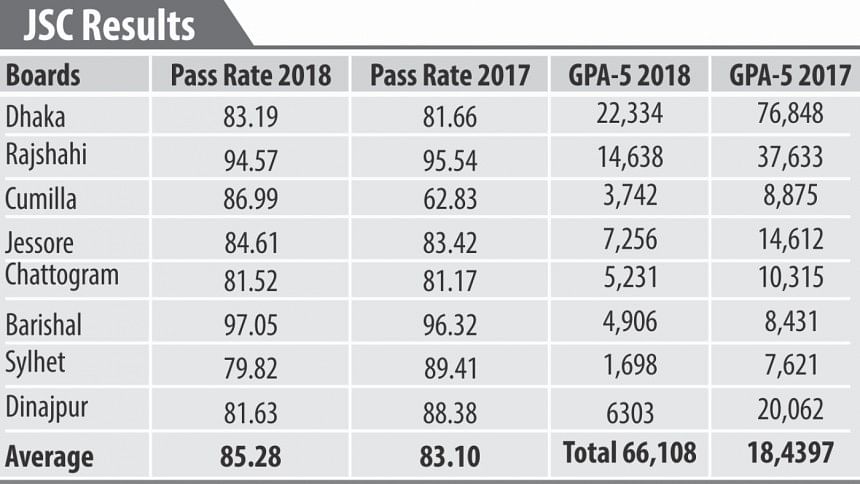
Primary and Mass Education Minister Mostafizur Rahman announced the results formally at a crowded press conference around 1:00pm at his secretariat office in the capital.
"The reason behind better results this year is the concerted efforts of students, guardians and teachers. The students took the tests very seriously, had better preparation and also performed well," he said.
Dhaka topped the list among all seven divisions, with 98.25 percent of the 7,46,735 students under the board achieving the success rate.
On the other hand, with 94.76 percent, Sylhet again was at the bottom.
Joypurhat stood first among all districts with a pass rate of 99.74 percent of 13,520 students getting passing grades.
Moreover, a total of 4,196 children with special needs took the exams and over 94.38 percent of them passed.
JSC
A startling jump of 24.16 percent in Cumilla Board pushed up the overall pass rate in JSC exams.
Students of the board had performed badly in last year's JSC examinations, with only 62.83 percent students coming out successful. But this year, the pass rate leapt to 86.99 percent, making the board third among the eight boards.
Contacted, Prof Ruhul Amin Bhuiyan, chairman of Cumilla Board, told The Daily Star that the pass rate hovered between 89 percent and 93 percent from 2014 to 2016. But it came down to 62 percent last year because of the students' poor performance in English and Mathematics.
"But this year we have conducted workshops in every district with the teachers of English and Mathematics in all the schools. We have heard their problems and tried our best to solve those," said Ruhul, who took charge of the board this year.
"It is basically an outcome of our combined effort. We have come to an expected level," he said.
An official of the Dhaka Board said, "Usually it's either English or Mathematics that makes the difference in the results. And students in most of the boards have done well in these subjects."
A total of 22.16 lakh students under eight education boards across the country took part in the exams that began on November 1.
Of them, 21,03,763 students got passing grades.
The pass rate in Junior Dakhil Certificate (JDC) examinations was 89.04 percent.
The combined pass rate of JSC and JDC in eight general boards and one madrasa board stood at 85.83 percent. Last year, it was 83.65 percent.
530 out of 541 JSC students, who sat for the test in nine overseas centres -- in the UAE, Saudi Arabia, Oman, Qatar and Libya -- came out successful. Of them, 56 obtained GPA-5.
Like in previous years, Barishal Board topped among all boards with 97.05 percent students passing. The Sylhet Board was at the bottom again with a pass rate of 79.82 percent.
Apart from the fourth subject, seven other subjects -- Physical Education and Health, Career Education, Arts and Crafts, Agriculture, Home Science, Arabic, Sanskrit and Pali -- were excluded from the exam as those were brought under continuous assessment at schools.
While announcing the results at a press conference at noon at his ministry's conference room, Education Minister Nurul Islam Nahid yesterday said the government had taken many initiatives to reform the education system.
"We have introduced continuous assessments of several subjects at the schools. The students do not take the test on those subjects at the JSC exams," he said.
Asked about the sharp rise of pass rate in Cumilla Board, he said "This [the result] should be evaluated. Whoever comes to power, I hope they will evaluate it. Besides, every board will do their own evaluation."
He declined to comment on several other issues, including the private coaching system.
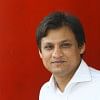
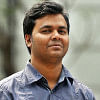
 For all latest news, follow The Daily Star's Google News channel.
For all latest news, follow The Daily Star's Google News channel. 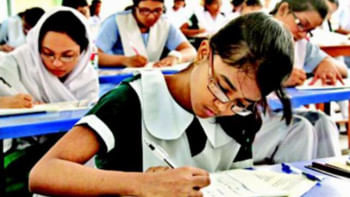
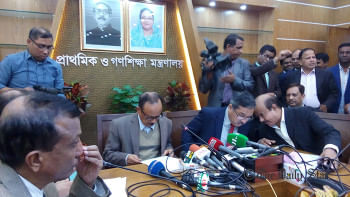


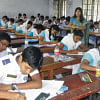
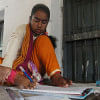


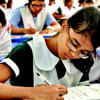


Comments